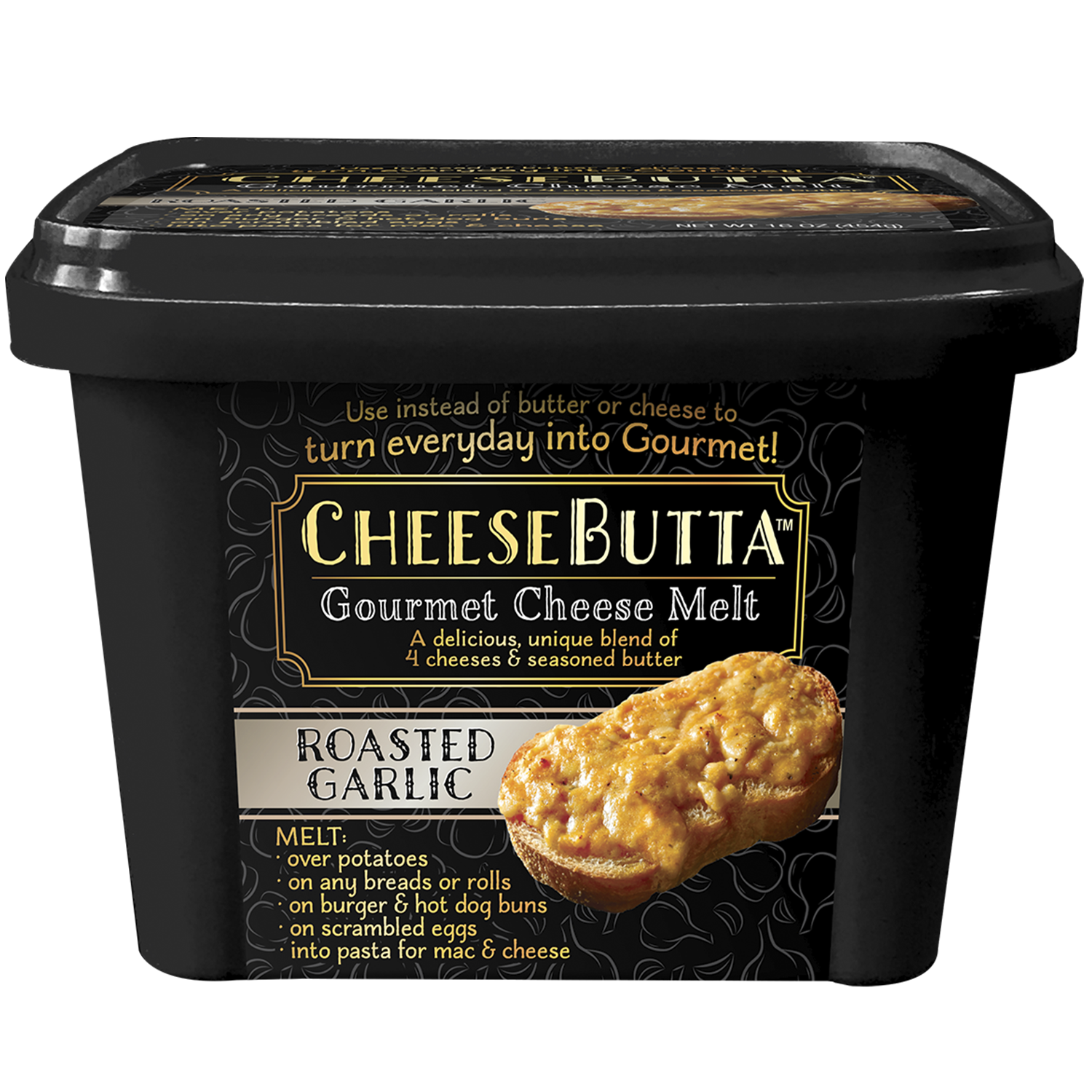
Buying an Air Compressor
Air compressors power everything from nail guns to paint sprayers and tire inflaters. They’re tremendously popular among professional carpenters, roofers and mechanics. DIYers love them for the affordable pricing and mobility, although both considerations vary by model.
Here are some key terms and features to know about when shopping for an air compressor:
Style. While the basic technology behind DIY-grade air compressors is relatively standard, they come in multiple styles:
- Standing (or vertical) air compressors are the least mobile. They’re favored by DIYers who use their compressor in a single location, such as a wood shop or automotive garage.
- Wheelbarrow compressors are mobile and sit horizontally when in use, just like a wheelbarrow. These are usually marketed to pros who need to wheel a high-powered compressor around a large jobsite.
- Hot dog compressors have horizontal, cylindrical tanks often mounted on wheels, but aren’t large enough to resemble a wheelbarrow.
- Pancake compressors are flatter and rarely have wheels. They’re good for carrying inside a house, perched on a roof, or an other location they shouldn’t roll around.
Size (volume). Compressors are labeled by the size of their storage tank, in gallons. Standing tanks offer the largest storage, while hot dog and pancake compressors typically have the least.
Noise. Overall, compressor noise has dropped significantly in recent years, but not all manufacturers consider it a priority. You may need to do a little digging to find the noise level for a given model. Look for a rating measured in decibels (dB). Many manufacturers spec their compressors using dBA, a decibel rating weighted against an average child’s hearing range. For our purposes, we’ll treat dB and dBA as interchangeable.
Hose Couplers. Air compressors connect to tools through an air supply hose. The hose connects to the tank by a coupler, typically a quick-connect (sometimes called quick-release) coupler that allows the hose to easily slip on or off the compressor. Some compressors come with a single coupler, while others have two or more. If you think you’ll only be working with a single tool, this won’t matter much. However, if you’ll change between multiple tools frequently, having both hooked up to the compressor is a great time saver.
SCFM and psi. The two primary performance metrics for air compressors are airflow and pressure. Airflow is measured in standard cubic feet per minute (SCFM) and pressure in pounds per square inch (psi). Which one is more important depends on what you’ll be doing. Inflating tires takes steady airflow but not much pressure, while firing a nail gun requires a short burst of high pressure air. Most DIY compressors will max out between 100 and 200 psi. The SCFM will be 2 or 3 for small air compressor units, and up to 7 to 10 for large vertical or wheelbarrow compressors. Check your tools to see what SCFM and psi they require, then look for a compressor that can exceed them by 10 to 30 percent. Ideally, the compressor manufacturer will list the SCFM at a specific PSI.
Oil-lubricated vs. oil-free. The fast piston-action of an air compressor generates a lot of friction. All compressors need lubrication to control the temperature. Some use oil, but oil-free compressors use specially coated parts to reduce friction. Oil-free units are nice because they don’t require oil top-offs or filters. There’s a whole debate to be had about which is better, but the reduced maintenance of oil-free compressors makes them the better choice for most DIYers. All the compressors on this list are oil-free.
Power source. Air compressors can be corded electric, cordless electric and gas-powered. Almost all models geared to a typical DIYer’s budget and needs are corded electric. Gas-powered compressors are expensive and can only be operated outdoors; pay the premium only if you frequently working in locations without electric service. There are a few cordless options for DIYers, and we’ve included a pair of noteworthy examples on this list.
Cost. For the smaller, portable models that many DIYers favor, a budget of $125 to $300 is reasonable. A larger vertical or wheelbarrow compressor runs from $300 to $900.
https://cats-cleaning-service-in-kentucky.business.site/?m=true
Cat's Cleaning Service 2400 Stannye Court Louisville, KY 40222 Call Us Today @ 270-823-3148 We clean a residence from the top to bottom, utilizing crevice tools and others to get in the nooks and crannies to get it Cat Clean!!!! #CleaningService #Cat'sCleaning #LouisvilleKY
https://sites.google.com/fuseologycreative.com/fuseology-creative-clients/home







